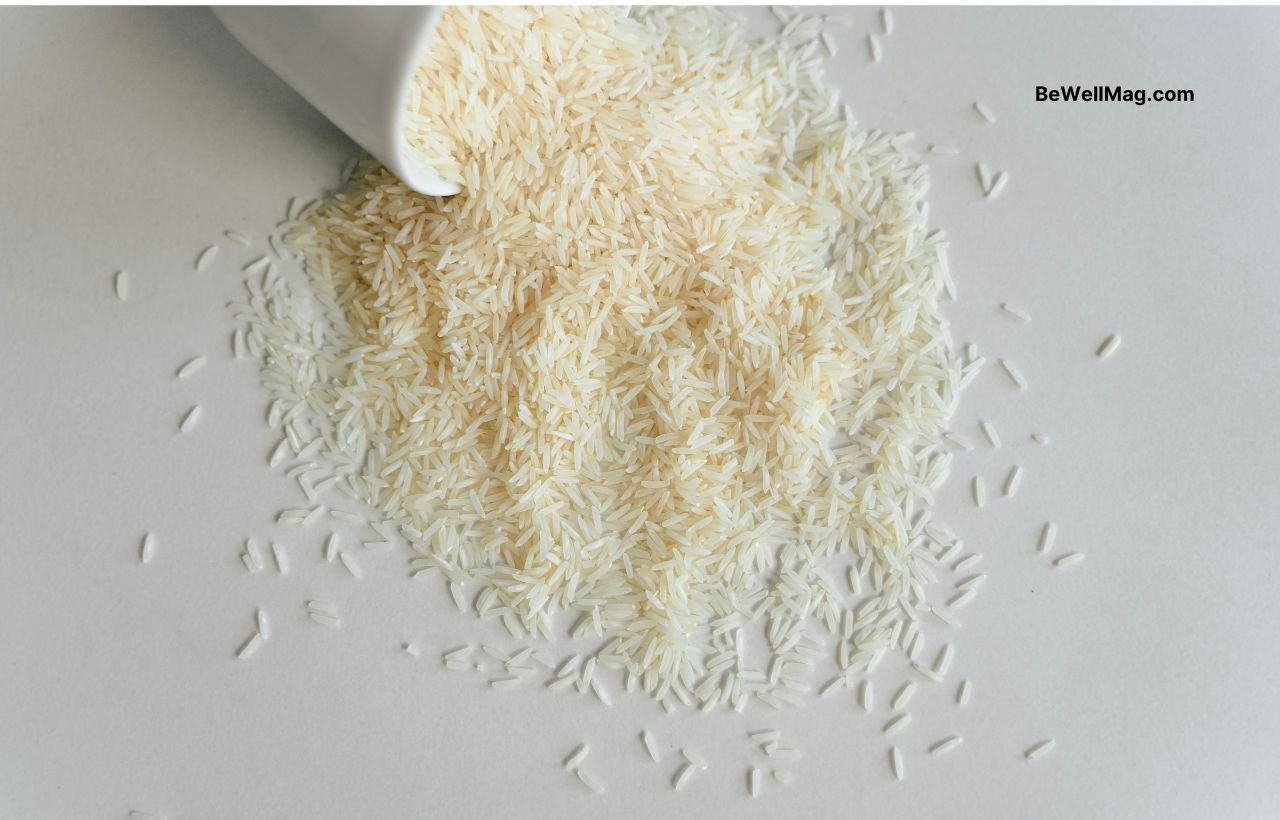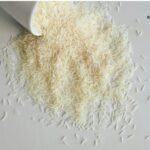Now Reading: Toxic Metals in Rice: A New Study Uncovers Hidden Health Risks
- 01
Toxic Metals in Rice: A New Study Uncovers Hidden Health Risks

Toxic Metals in Rice: A New Study Uncovers Hidden Health Risks
New study finds toxic metals in rice samples. Learn about hidden health risks, expert insights, and practical tips to ensure safer rice consumption today!
Table of Contents
A groundbreaking study by Healthy Babies, Bright Futures has found that every rice sample tested in U.S. stores contains dangerous levels of heavy metals such as arsenic, cadmium, lead, and mercury. With rice being a dietary staple in millions of homes, this revelation is a critical wake-up call about chronic exposure risks—especially for infants, toddlers, and expectant mothers.
The Study’s Revelations
Researchers examined 145 popular rice brands from 20 major metropolitan areas—including New York City, Los Angeles, and Miami—to determine the presence of toxic heavy metals. The results were alarming:
- 100% of samples contained arsenic, a substance classified as a carcinogen by the Environmental Protection Agency (EPA).
- 25% of the samples exceeded the U.S. Food and Drug Administration’s (FDA) safety limit for infant rice cereal (100 parts per billion).
- Cadmium was nearly ubiquitous, and trace levels of lead and mercury were also identified.
These findings indicate that the rice served at family meals—regardless of brand—could be a significant source of harmful, cumulative toxins.
Understanding the Health Implications
Heavy metals such as arsenic, cadmium, and lead have long been known for their damaging effects on health. Arsenic, in particular, can increase cancer risk and impair neurodevelopment in children. Cadmium can negatively impact kidney function, while lead exposure is associated with learning disabilities and reduced IQ in infants and young children.
For communities with high rice consumption, these risks become even more pressing. Although the FDA has set limits for infant rice cereal, no such standard exists for rice consumed by the general population, leaving families vulnerable to long-term, low-dose exposure.
Toxic Metals in Rice: How Do They Get There?
Rice plants naturally absorb arsenic from soil and water, especially in regions where the element is present due to both natural deposits and past pesticide use. Processing methods and regional agricultural practices can further influence contamination levels.
For instance, rice grown in the Southeastern U.S. or certain Italian varieties like arborio have been shown to contain higher heavy metal levels compared to white rice from California, Thai jasmine, or Indian basmati.
Practical Ways to Reduce Exposure
While the findings are concerning, there are actionable strategies to help lower the risk:
- Rethink Your Cooking Method: Cook rice as you would pasta by using 6 to 10 cups of water per cup of rice. After boiling, drain the excess water to remove up to 60% of the arsenic content. Washing rice thoroughly before cooking can further reduce toxins by as much as 84%.
- Choose Safer Varieties: Opt for rice known to contain fewer heavy metals. Research suggests that white rice from California, sushi rice, Thai jasmine, and Indian basmati are safer choices compared to brown rice, rice grown in parts of the Southeastern U.S., or arborio rice from Italy.
- Experiment with Alternatives: Diversifying your diet with grains like quinoa, barley, farro, or couscous—which have significantly lower levels of toxic metals—can be an excellent strategy to minimize cumulative exposure.
What Experts Recommend
Health experts emphasize the long-term dangers of chronic exposure to heavy metals, particularly during periods of rapid growth and development in children. They urge policymakers to extend existing regulations on infant rice cereal to cover all rice products. In the meantime, informed consumer choices, such as those outlined above, become essential steps toward safeguarding health.
Why This Study Matters for Every Household
Rice is more than just a side dish—it’s a fundamental part of many diets across the United States. The new study has broad implications as it reveals that commonly consumed rice products are a hidden source of toxic metals. Parents, caregivers, and health-conscious consumers must take these findings seriously to prevent long-term health issues. With communities already grappling with environmental pollution and chronic disease, this issue reinforces the need for better food safety regulations and proactive consumer education.
Conclusion
In summary, the recent study has unveiled a disturbing reality: every rice sample tested contains toxic heavy metals, with levels in some cases exceeding established safety limits for infants. By understanding these risks and adopting safer cooking practices—such as using extra water, rinsing thoroughly, and choosing lower-risk rice varieties or alternatives—you can reduce your family’s exposure.
It’s time for both consumers and regulatory bodies to demand higher food safety standards and more transparent practices in the rice industry.










